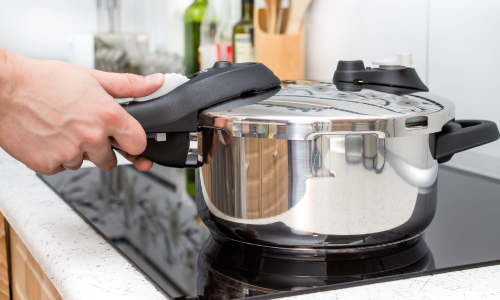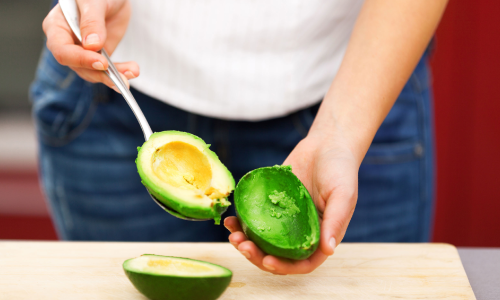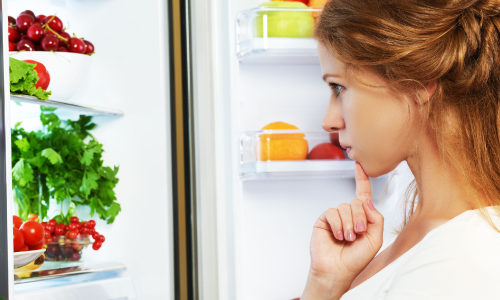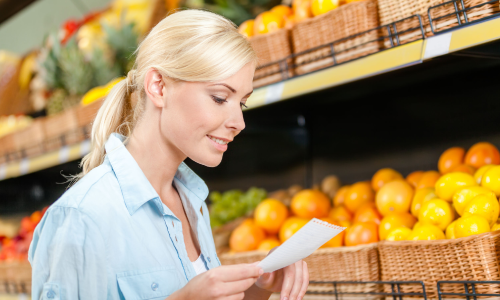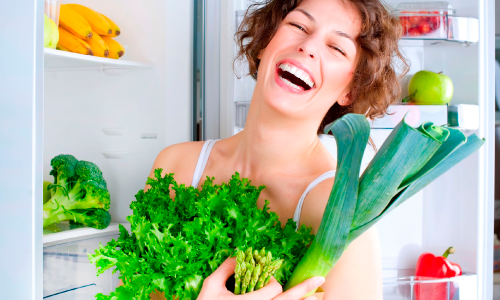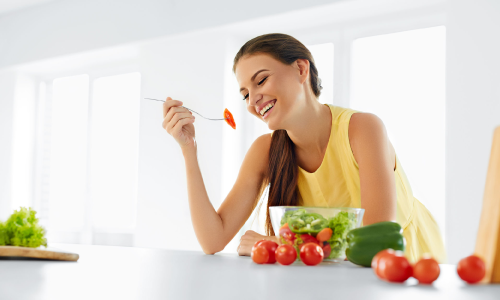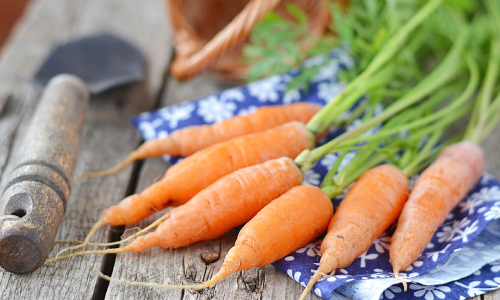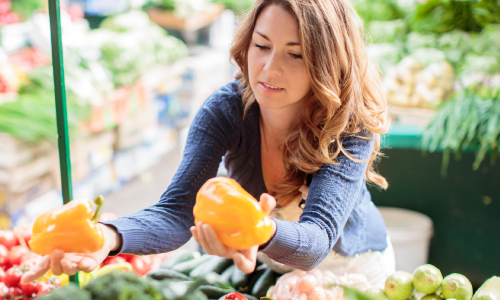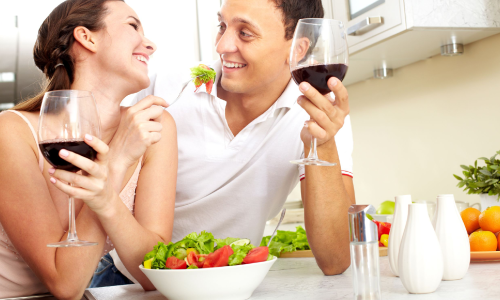I see a lot of articles online talking (or rather complaining) about how expensive it is to live an eco-friendly life. Sure, installing state of the art solar panels is going to run you an easy $20,000 but no one said you have to go that far just to reduce your carbon footprint.
In reality, choosing to make your home more environmentally friendly can actually save you money every month. Don’t believe me? Well, I have proof!
Cook From Scratch
Its no secret that cooking at home with fresh ingredients saves an incredible amount of money, but have you ever considered it’s eco-friendly benefits? I hadn’t either, but it makes sense when you think about it.
When you use fresh ingredients from the farmer’s market or your garden, you eliminate much of the energy used in processed foods. Processing in an industrial kitchen that certainly eats up energy; then food is wrapped up in plastic and hauled on a truck all the way to the constantly-running freezers at the supermarket. Cooking with local produce is a simple way to save money and do your part to conserve energy.
Use a Pressure Cooker
This was another one that I found surprising. Using a pressure cooker to make meals saves an astounding amount of energy when compared to other cooking methods. It also happens to be much faster way to get the job done.
That means less time waiting for a hot meal, less energy wasted, and less money spent on your electric bill.

Start a Garden and Go Vegetarian
This is a two-for-one win in my book. Growing green beans, salad greens, and cherry tomatoes instead of buying veggies at the store can save you a ton of money in a year’s time. Even growing herbs in your windowsill can save hundreds over time.
Aside from zero-energy consumption, growing your own garden also allows you to make more veggie dishes than meaty ones. Not only is this cheaper, but greenhouse gas emissions have gone up in the past decade from an increase in livestock raised for slaughter. Saving animals, reducing causes of climate change, eating healthier, and saving money all at the same time is about as green as you can get.
My runners up for this list were:
- Line dry clothes
- Take shorter showers
- and switch to organic cleaning products
What eco-lifestyle choices have helped you to reduce your carbon footprint while saving money each month?


